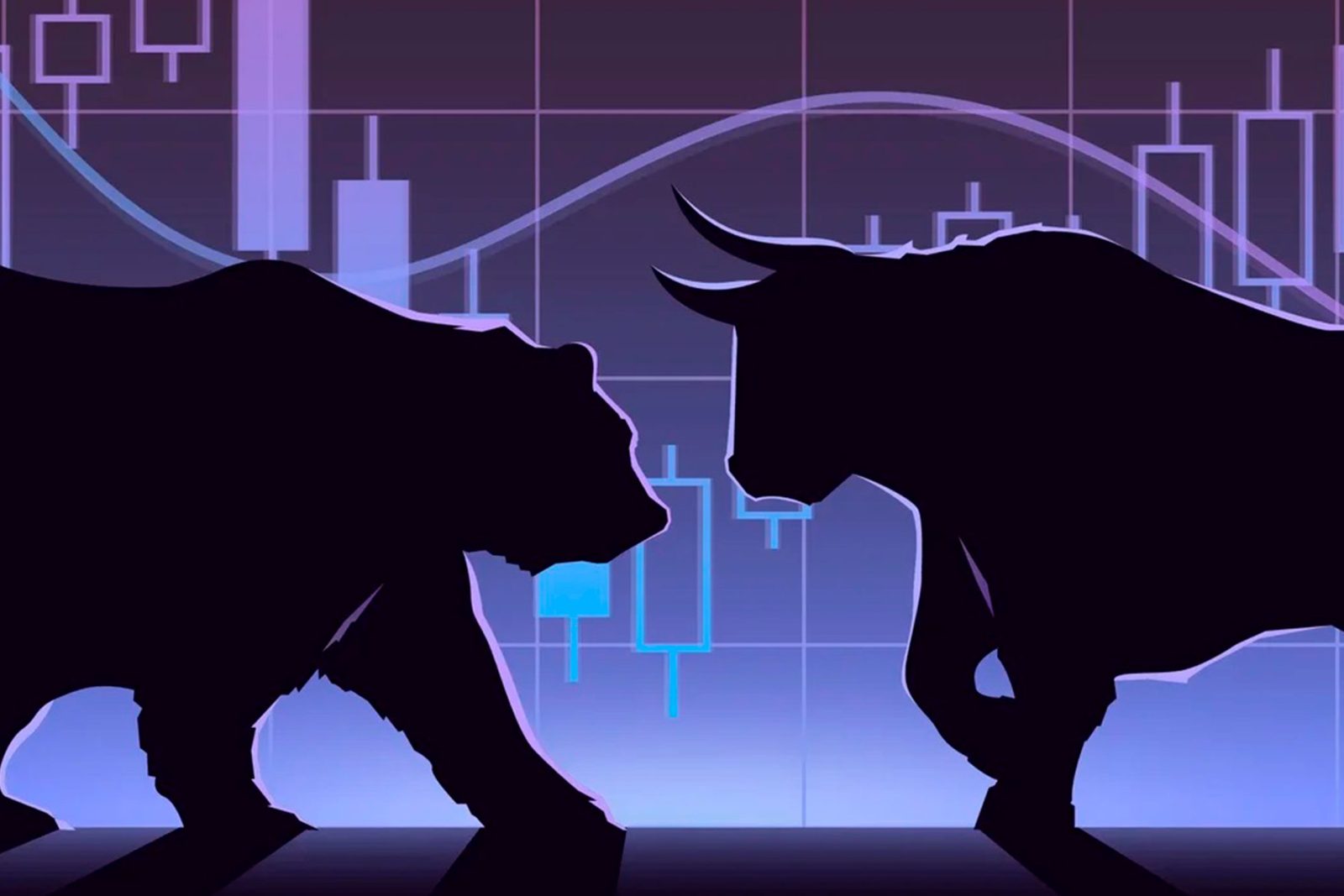Whether we like it or not, the market is still unstable.


Whether we like it or not, the market is still unstable.
In the ideal scenario for most investors, the stock market would perpetually ascend, steadily and gracefully. This dream can materialize during a robust bull market. Conversely, the market can plunge sharply, enduring months or even years of decline. Then there’s the middle ground, like the market exhibited last year: a state of choppiness. Choppy markets, as unsettling as they can be at times, constitute a significant portion of market history. To enhance the familiarity of IBD readers with this market behavior, this column inaugurates an occasional series dedicated to this subject. Today, we revisit December 2014, a period when the enduring bull market seemed poised for a brief respite.


Following an 11% slump from September to October 2014 (1), the market transitioned into its prevailing choppy phase. The S&P 500 staged a gradual recovery, eventually notching a new all-time high in May. However, it has struggled to breach that pinnacle ever since, with the index trading 9% below the peak. During periods when the market seeks its footing, the principles of engagement remain unaltered. Vigilantly observe strong follow-through days and the emergence of leading stocks breaking out to new highs; these actions substantiate a confirmed uptrend in the market. But the diligence doesn’t stop there. Stay updated with market analyses in IBD and on Investors.com, and closely monitor the health of the Nasdaq, the S&P 500, and top-performing stocks. Keep a watchful eye on IBD’s current market outlook, prominently displayed at the top of IBD’s front page under “The Big Picture” section. It will indicate whether the market is in a “Confirmed uptrend,” “Uptrend under pressure,” or “Market in correction.” Transitions between bear and bull markets can result in frequent shifts in market direction. In such in-between phases, stocks might grapple to advance from breakout points, making it imperative to lock in profits swiftly and cut losses short. Consider exiting a stock with gains of 5%, 10%, or 15%, as opposed to the conventional practice of patiently awaiting a 20%-25% gain.
During choppy markets, be prompt in exiting a position if a stock exhibits unhealthy behavior. There’s no need to wait for losses of 7%-8% before taking action; exiting at breakeven is a reasonable choice. Restricting losses to 1%-3% makes sound sense. Additionally, you might opt to delay new stock purchases until a confirmed uptrend is established. This is a prudent approach, as patient investors tend to thrive over the long haul. By the conclusion of 2015, it was evident that a shift that had commenced late in the year was gaining momentum. The volatile market prompted a flight to safety, boosting stocks in defensive sectors like food and beverage, utilities, and real estate investment trusts. The Big Picture column in IBD’s October 2, 2015 edition noted: “A swift and steep dive is hard to forget. Recent history shows it can lead to months of choppy action, as observed in two prior instances since 2009. In August 2011, the Nasdaq plummeted 15.4% over seven sessions, followed by over four months of choppy movement before a sustained uptrend emerged. In May 2010, the Nasdaq experienced a 13% nosedive over five sessions, and the market remained troubled for nearly four months before a steady uptrend began in September 2010.”
Get back to Seikum News 🤓




